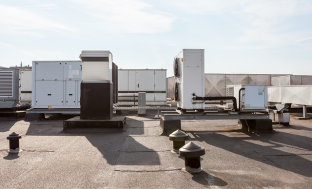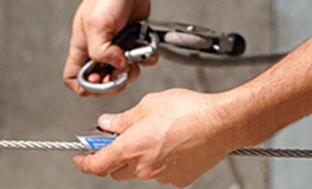latest news
How to inspect and wear a harness correctly
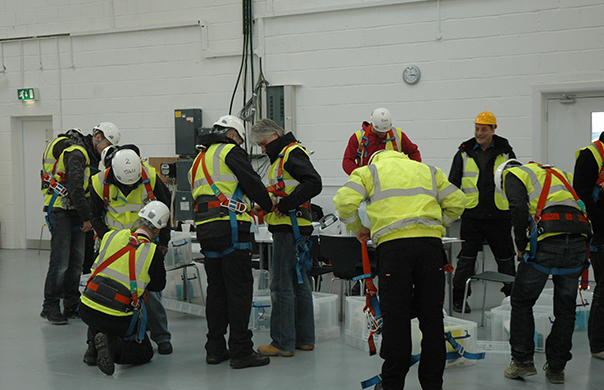
By Mark Dolan, General Manager, Roof Edge Fabrications
Following a recent post on the correct specification of fall arrest systems, I’ve been focussing on two of the main components which make up a fall arrest systems. In my previous Blog I covered how to inspect a lanyard, this week I’m going to look at how to inspect and wear a harness.
Harness selection
Wearing a harness does not necessarily mean you are protected. Selecting the wrong type of harness or wearing it incorrectly can lead to serious injury, or even death should a fall occur.
There is a wide range of options when it comes to harnesses so it is essential that you select the right equipment for the specific task. For example, if you’re carrying out electrical installations, you may need a combination of fall arrest and positioning, in which case you would probably select a 5 point harness which has a waist connector for positioning. Whenever there is a risk of a fall you should use a full body harness. Full body harnesses distribute the force of impact over a greater area of your body than a basic harness or safety belt and consist of straps which are passed over the shoulders, across the chest and round the legs.
In general a harness will consist of webbing, side, rear and frontal D-rings, lanyard connections and adjustable waist and leg straps.
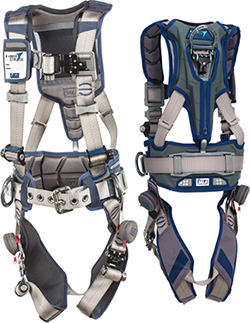
How to inspect a harness
Harnesses must be examined at least 12 monthly and should also be subject to Pre-Use Checks, Detailed Periodic Inspections and Interim Inspections (as outlined in How to Inspect a Lanyard).
Pre-use checks are essential and must be carried out each time a harness is going to be used. These checks are both visual and tactile and should include:
- Webbing: Look for any signs of damage such as bobbling/strained or badly pulled webbing, cracks, cuts, fraying or loose stitching/fading which could be signs that the fibre structure has been affected.
- Buckles: Check that all rivets are tight and buckles are not bent, chipped or have sharp edges protruding and that all stitching is intact.
- D-Rings: Check for any signs of distortion, fatigue or rust (if rust covers more than 15% of the surface and you can rub the rust off between your thumb and forefinger, then this is unacceptable). Finally, make sure the ring pivots freely.
- Plastic Loops: Look for signs of breaking, cracking or damaged loops.
- Straps and rope: Check all straps for signs of fraying or broken fibres. Inspect clips on straps and check for any loose stitching.
- Label: Make sure the label has an individual serial number, inspection date, that there have been no reported problems and the manufacturing date is present and that the harness has not exceeded the 5 year working life*
How to wear a harness
To follow is a brief guide showing how to wear a typical harness.
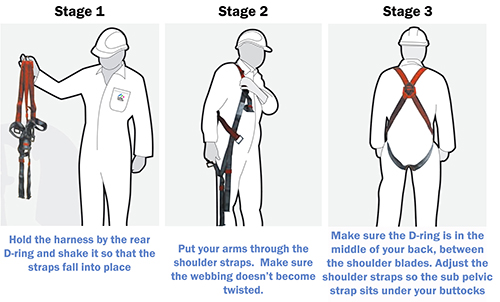
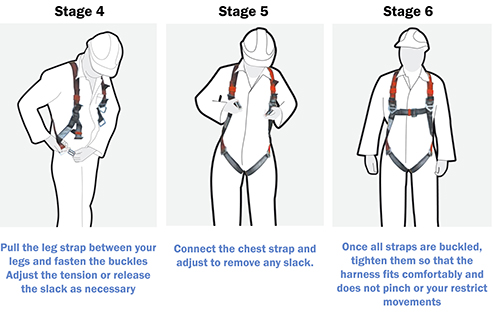
In conclusion
Lanyards and harnesses are vital components of fall protection systems. If these components are damaged or not used correctly your safety cannot be guaranteed. All those using a harness, or responsible for the health and safety of others should be trained on correct selection, inspection and usage so that they understand fully how to ensure equipment is appropriate and safe to use.
Click here for a more detailed pdf version of How to Wear a Harness.
*Working life is defined by a valid and registered first issue certificate. If this is not available then the working life is set by the manufacturing date. A five year working life is a standard industry guideline, however this is subject to the individual manufacturer’s specification.

